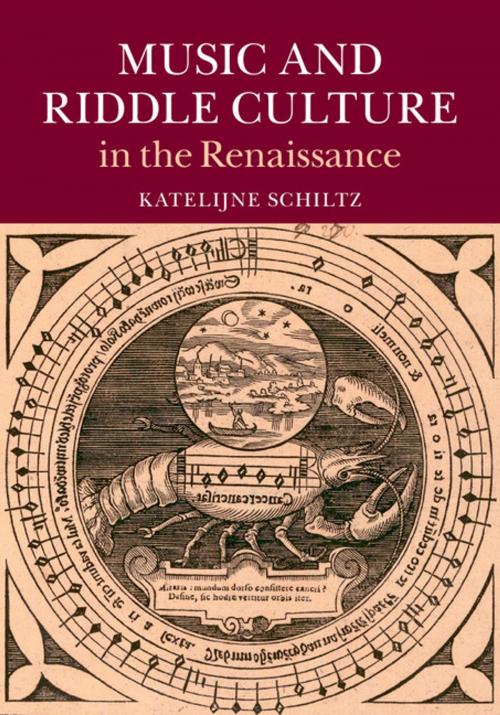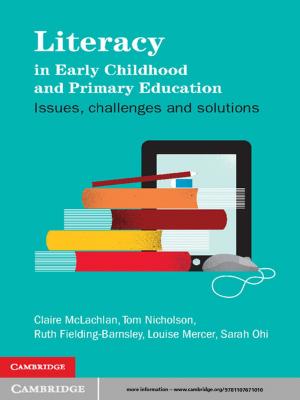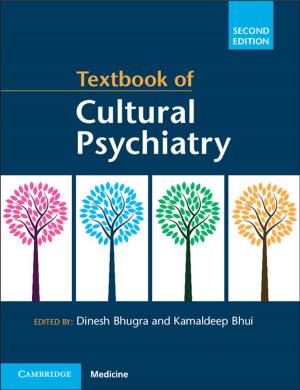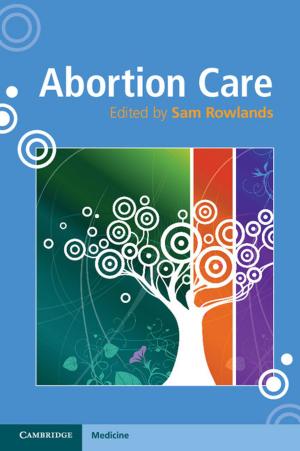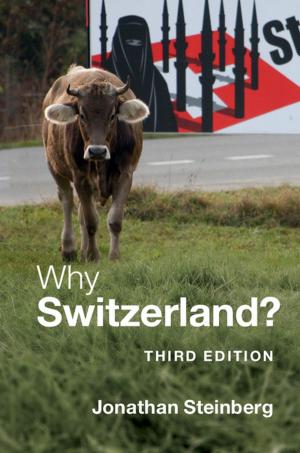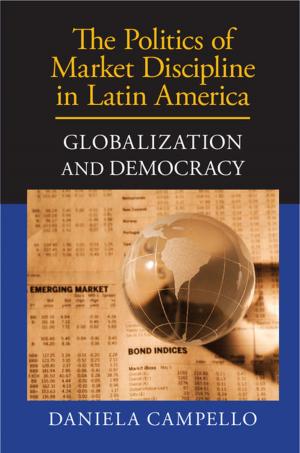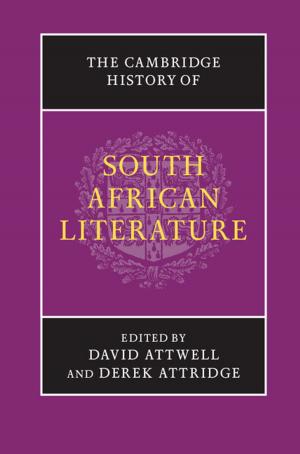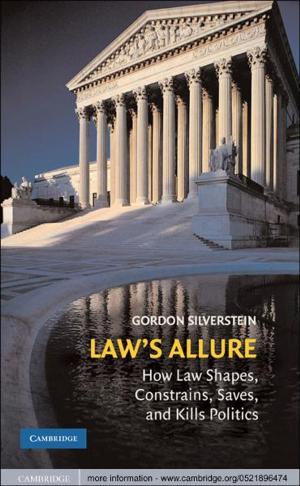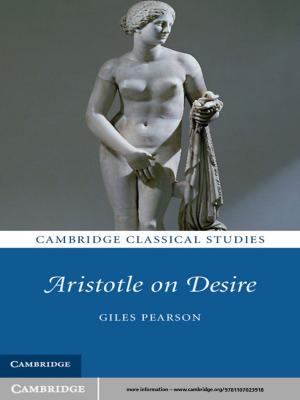Music and Riddle Culture in the Renaissance
Nonfiction, Art & Architecture, General Art, Entertainment, Music, History| Author: | Katelijne Schiltz | ISBN: | 9781316289273 |
| Publisher: | Cambridge University Press | Publication: | April 23, 2015 |
| Imprint: | Cambridge University Press | Language: | English |
| Author: | Katelijne Schiltz |
| ISBN: | 9781316289273 |
| Publisher: | Cambridge University Press |
| Publication: | April 23, 2015 |
| Imprint: | Cambridge University Press |
| Language: | English |
Throughout the Renaissance, composers often expressed themselves in a language of riddles and puzzles, which they embedded within the music and lyrics of their compositions. This is the first book on the theory, practice and cultural context of musical riddles during the period. Katelijne Schiltz focuses on the compositional, notational, practical, social and theoretical aspects of musical riddle culture c.1450–1620, from the works of Antoine Busnoys, Jacob Obrecht and Josquin des Prez to Lodovico Zacconi's manuscript collection of Canoni musicali. Schiltz reveals how the riddle both invites and resists interpretation, the ways in which riddles imply a process of transformation and the consequences of these aspects for the riddle's conception, performance and reception. Lavishly illustrated and including a comprehensive catalogue by Bonnie J. Blackburn of enigmatic inscriptions, this book will be of interest to scholars of music, literature, art history, theology and the history of ideas.
Throughout the Renaissance, composers often expressed themselves in a language of riddles and puzzles, which they embedded within the music and lyrics of their compositions. This is the first book on the theory, practice and cultural context of musical riddles during the period. Katelijne Schiltz focuses on the compositional, notational, practical, social and theoretical aspects of musical riddle culture c.1450–1620, from the works of Antoine Busnoys, Jacob Obrecht and Josquin des Prez to Lodovico Zacconi's manuscript collection of Canoni musicali. Schiltz reveals how the riddle both invites and resists interpretation, the ways in which riddles imply a process of transformation and the consequences of these aspects for the riddle's conception, performance and reception. Lavishly illustrated and including a comprehensive catalogue by Bonnie J. Blackburn of enigmatic inscriptions, this book will be of interest to scholars of music, literature, art history, theology and the history of ideas.
